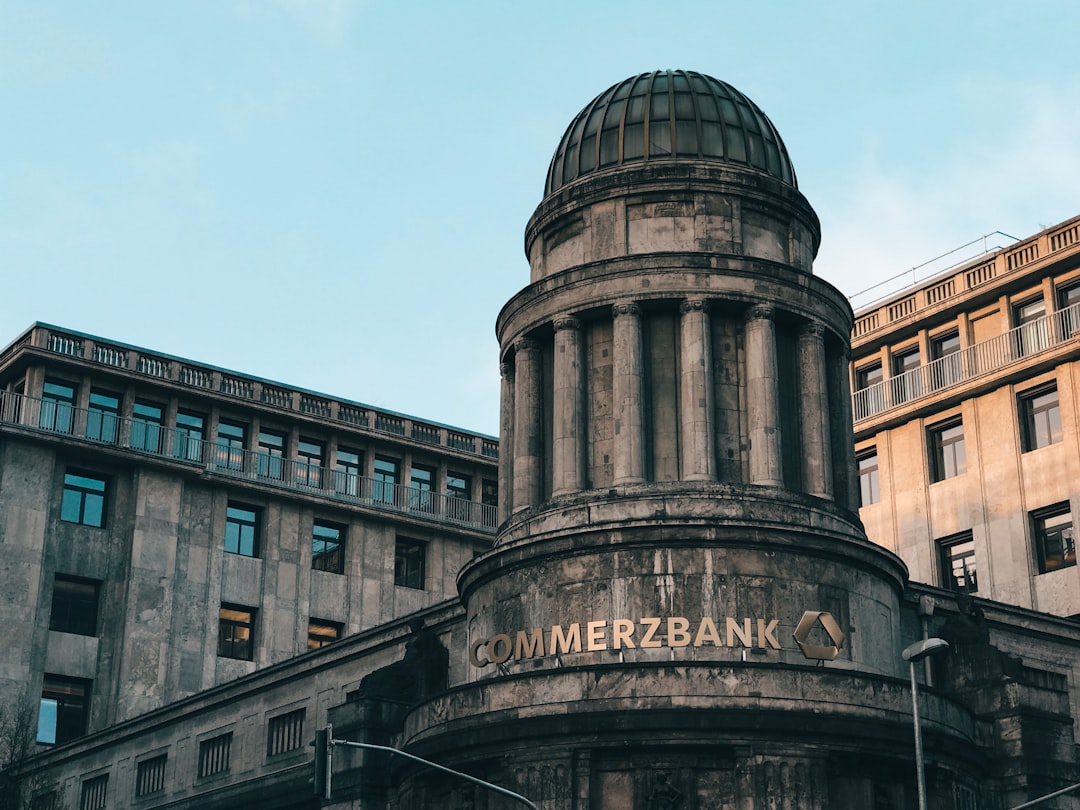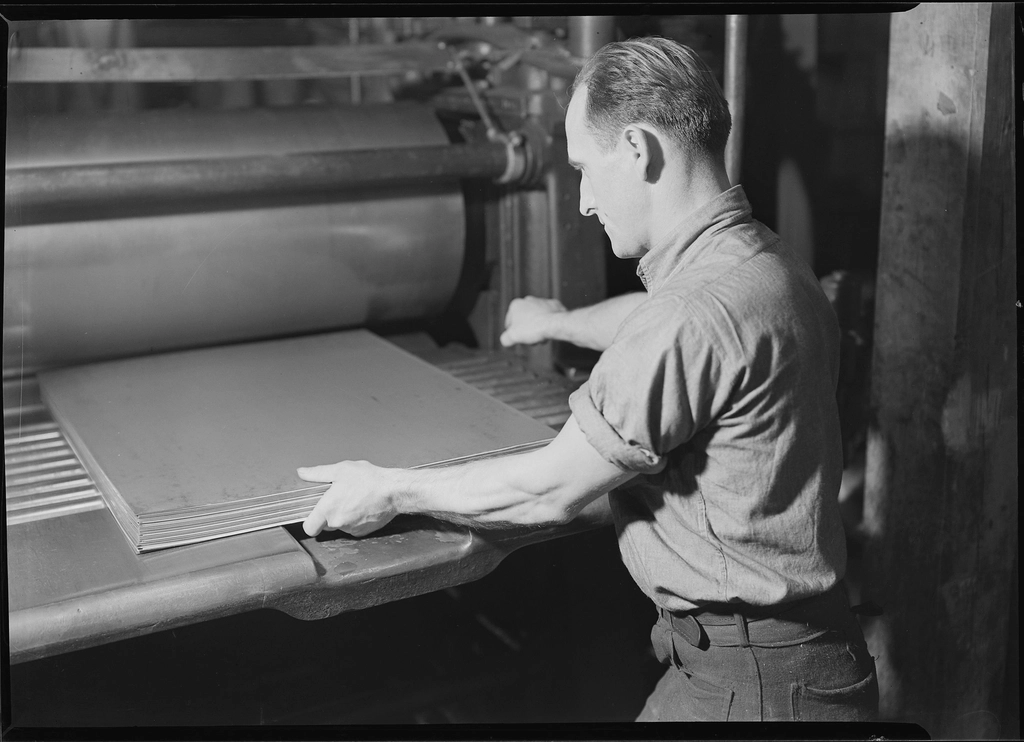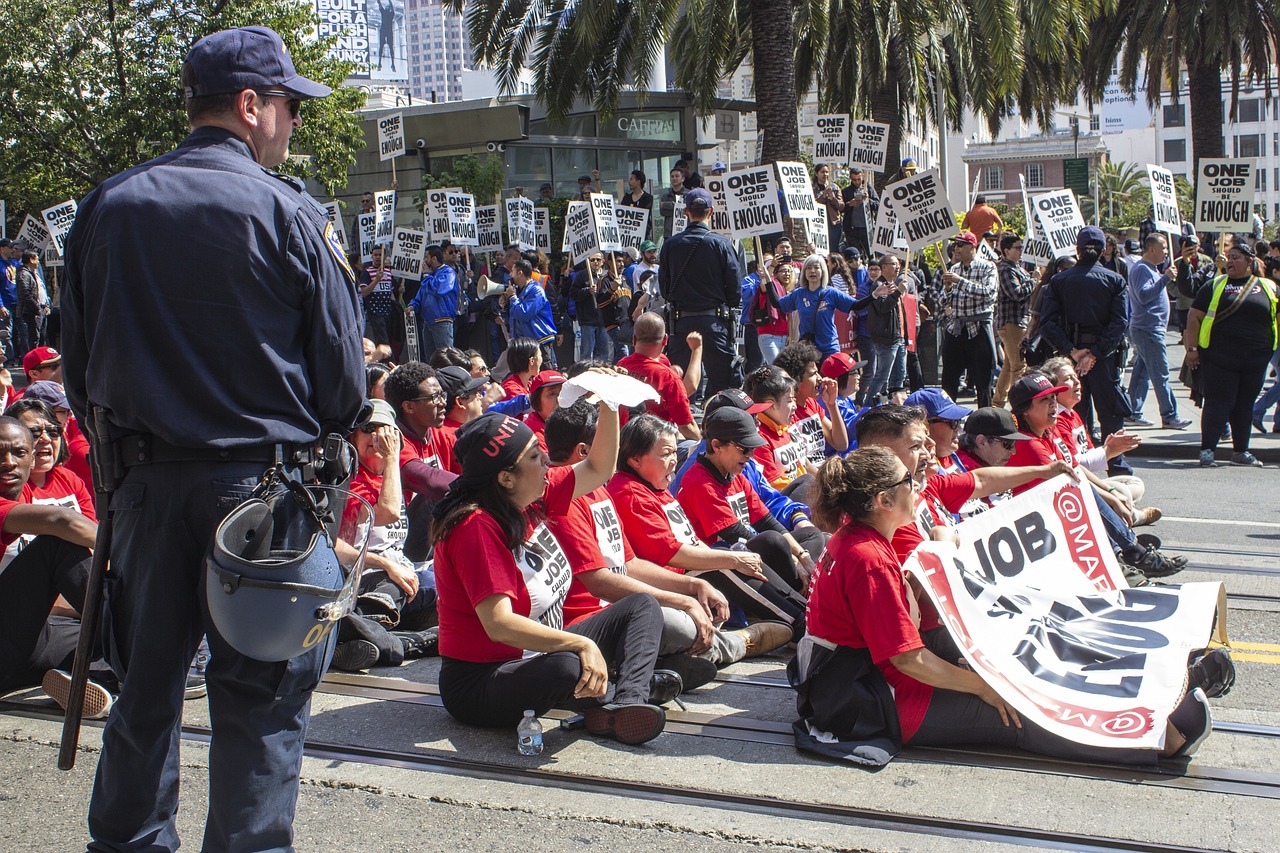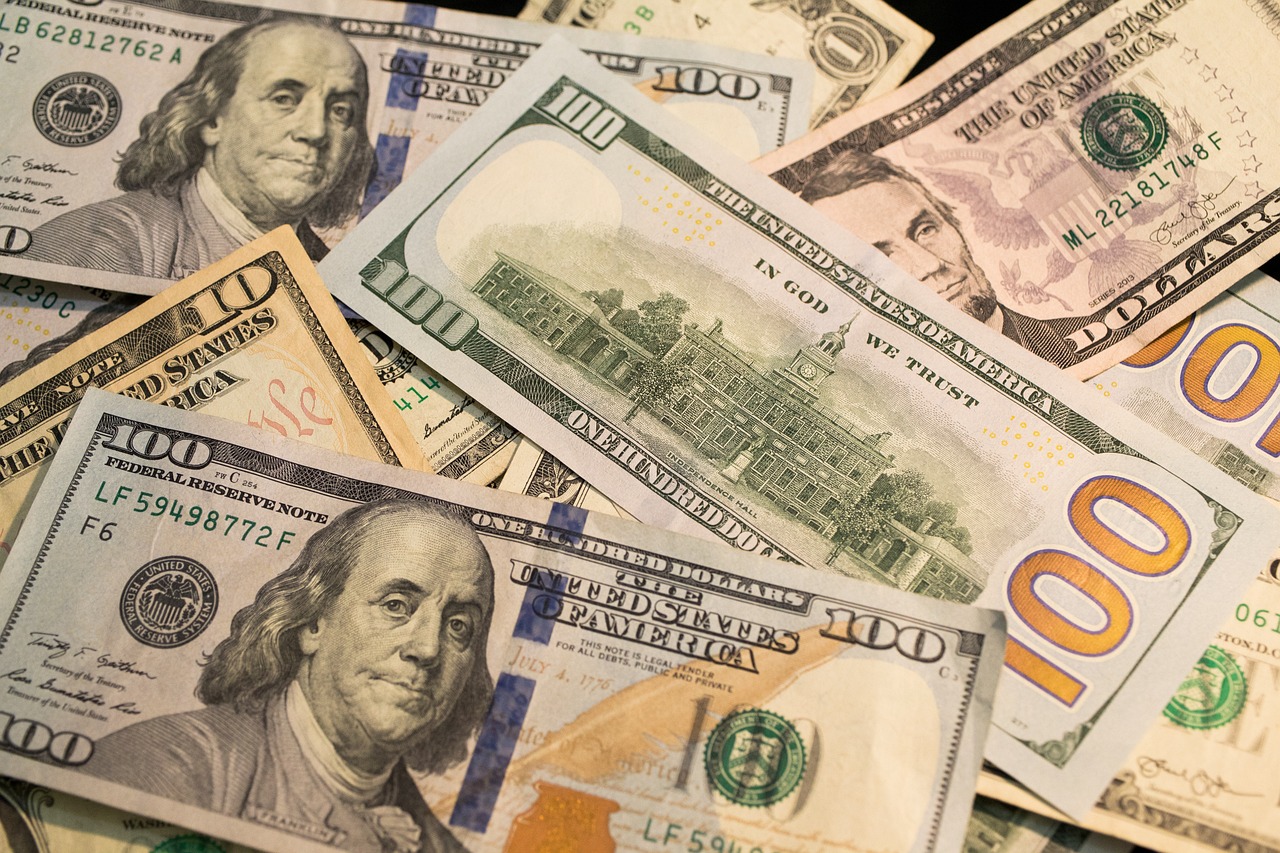The Banking Revolution That Saved America’s Financial System

When Franklin Roosevelt took office in March 1933, he faced one of the worst banking crises in American history, with banks collapsing nationwide and public confidence shattered. Think about it like this – imagine if your local bank suddenly closed its doors one day, leaving you unable to access your life savings. That was the reality for millions of Americans during the Great Depression. On March 9, 1933, Roosevelt sent to Congress the Emergency Banking Act, drafted in large part by Hoover’s top advisors, which was passed and signed into law the same day, providing for a system of reopening sound banks under Treasury supervision, with federal loans available if needed. Three-quarters of the banks in the Federal Reserve System reopened within the next three days, and billions of dollars in hoarded currency and gold flowed back into them within a month, thus stabilizing the banking system. Roosevelt’s swift action didn’t just save the banks – it literally restored faith in the entire American financial system. Americans responded positively, deposits outpaced withdrawals across the country, and within weeks, close to $1 billion in cash and gold had been brought out from under mattresses and hidden bookshelves and re-deposited in the nation’s banks.
Creating the Safety Net – Federal Deposit Insurance That Still Protects Us Today

The Glass-Steagall Act effectively separated commercial banking from investment banking and created the Federal Deposit Insurance Corporation, among other things, and was one of the most widely debated legislative initiatives before being signed into law by President Franklin D. Roosevelt in June 1933. Picture this scenario: before the FDIC, if your bank failed, you simply lost everything – no questions asked, no compensation, nothing. A temporary fund became effective in January 1934, insuring deposits up to $2,500, became permanent in July 1934 and the limit was raised to $5,000, and this limit was raised numerous times over the years until reaching the current $250,000. During the 2008 financial crisis, more than 500 banks would fail, but through it all, no depositor lost a penny of their FDIC-insured deposits. It’s remarkable when you think about it – a system created during the worst economic disaster in American history has protected ordinary people’s savings for over 90 years. Deposit insurance is still viewed as a great success, although the problem of moral hazard and adverse selection came up again during banking failures of the 1980s.
The Works Progress Administration – Putting 8.5 Million Americans Back to Work

Between 1935 and 1943, the WPA employed 8.5 million people (about half the population of New York), with hourly wages typically kept well below industry standards. Imagine being unemployed during the Great Depression, when one in four Americans couldn’t find work, and suddenly the government offers you a job building schools, roads, and bridges. The WPA reached its peak employment of 3,334,594 people in November 1938, with worker pay varying from $19 per month to $94 per month, with the average wage being about $52.50 (equivalent to $1,200 in 2024). The agency’s construction projects produced more than 650,000 miles of roads; 125,000 public buildings; 75,000 bridges; 8,000 parks; and 800 airports. By the time it was terminated in 1943, 8.5 million unemployed Americans had been placed in jobs at a total cost to the federal government of approximately $11 billion ($248 billion in 2024 dollars). The WPA wasn’t just about creating jobs – it was about preserving human dignity during America’s darkest economic hour. As Harry Hopkins observed, “Give a man a dole, and you save his body and destroy his spirit. Give him a job and you save both body and spirit”.
Social Security – The Foundation of Modern American Retirement

The Social Security Act of 1935 was enacted by the 74th United States Congress and signed into law by U.S. President Franklin D. Roosevelt on August 14, 1935, creating the Social Security program as well as insurance against unemployment, and was part of Roosevelt’s New Deal domestic program. Before Social Security, growing old in America often meant growing poor – there was no safety net for elderly Americans who could no longer work. The best estimates are that in 1934 over half of the elderly in America lacked sufficient income to be self-supporting, despite this, state welfare pensions for the elderly were practically non-existent before 1930, and only about 3% of the elderly were actually receiving benefits under these states plans, with the average benefit amount being about 65 cents a day. About 67 million people, or about 1 in every 5 U.S. residents, collected Social Security benefits in February 2024, and eighty-eight years after President Franklin Roosevelt signed the Social Security Act on August 14, 1935, Social Security remains one of the nation’s most successful, effective, and popular programs. A limited form of the Social Security program began as a measure to implement “social insurance” during the Great Depression of the 1930s, when poverty rates among senior citizens exceeded 50 percent, and by signing this Act on August 14, 1935, President Roosevelt became the first president to advocate federal assistance for the elderly, providing benefits to retirees and the unemployed, and a lump-sum benefit at death.
Creating Jobs for Black Americans During Economic Crisis

In response to the Great Depression, the Works Progress Administration created jobs for over 8 million people between 1935 and 1943, and while data on the racial composition of WPA workers isn’t available for all of these years, at its peak in 1939, the WPA employed over 400,000 Black men and women who accounted for one of every seven WPA workers. This was revolutionary for its time – providing substantial employment opportunities for African Americans during an era of widespread discrimination. These approximately 400,000 jobs would be equivalent to roughly 1.4 million jobs in today’s larger labor force. As the economy recovered the share of Black workers in WPA jobs increased, and the Black share of WPA jobs was 14.2 percent in 1939, and had increased to 19.9 percent by 1942. While the program operated within the constraints of segregation and discrimination, it nonetheless provided crucial economic opportunities during desperate times. The WPA provided jobs that helped many Black families survive the Great Depression, but within a context of strong White employment preferences, and today, it is important to remember that the federal government can create a large-scale subsidized employment program.
The Arts Revolution – Supporting American Culture During Crisis

At its height, Federal One employed 5,300 visual artists and related professionals, and perhaps best known for its public works projects, the WPA also sponsored projects in the arts—the agency employed tens of thousands of actors, musicians, writers and other artists, with the WPA also overseeing a group of programs collectively known as Federal Project Number One, employing artists, musicians, actors and writers. Think about this – during the worst economic crisis in American history, the government chose to support artists, writers, and musicians. Roosevelt intended Federal One to put artists back to work while entertaining and inspiring the larger population by creating a hopeful view of life amidst the economic turmoil, with artists creating motivational posters and painted murals of U.S. national parks and “American scenes” in public buildings, while sculptors created monuments, and actors and musicians were paid to perform. Federal One comprised a small part of WPA expenditures: Roughly $27 million of the nearly $5 billion that had been earmarked for WPA work programs went to the arts. Before his art could earn him income, American painter Jackson Pollock worked for the WPA’s Federal Arts Project between 1938 and 1942, and after World War II, Pollock became a major figure in the abstract expressionism movement, with the WPA employing a number of other abstract and experimental artists that would go on to form the New York School, including renowned artists such as Mark Rothko, Willem de Kooning and Lee Krasner.
Agricultural Revolution – Saving American Farmers from Ruin

The Agricultural Adjustment Administration (AAA) brought relief to farmers by paying them to curtail production, reducing surpluses, and raising prices for agricultural products. Before the New Deal, American farmers were drowning in debt and overproduction, with crop prices so low that many couldn’t even cover their costs. The Bankhead Cotton Control Act of 1934 placed mandatory limits on the number of bales a farmer could produce and received support from most farmers who wanted to see higher prices, while the Farm Credit Act of 1933 authorized farmers “to organize a nationwide system of local credit cooperatives — production credit associations — to make operating credit readily accessible to farmers throughout the country”. The Farm Mortgage Foreclosure Act of 1934 provided for debt reduction and the redemption of foreclosed farms, and the Homestead Settler’s Act of 1934 liberalized homestead residence requirements. The genius of these programs was that they addressed both the immediate crisis of farm foreclosures and the long-term problem of agricultural overproduction. By paying farmers to reduce production, the government simultaneously raised crop prices and provided direct financial relief to rural families facing bankruptcy.
Labor Rights Revolution – Protecting Workers Like Never Before

The National Recovery Administration (NRA) established codes to eliminate unfair practices, establish minimum wages and maximum hours, and guarantee the right of collective bargaining. Picture working in a factory before these reforms – no minimum wage, no maximum hours, no right to organize for better conditions. Institutional economists, including John R. Commons and Thorstein Veblen, emphasized the importance of labor rights, market regulation, and legal structures, helping inspire reforms like the Wagner Act and the creation of the SEC. The second pillar is Workers Rights, which covers the right to form unions and bargain for better wages, as well as minimum wages, limits on overtime, bans on child labor and more. These weren’t just abstract policies – they fundamentally changed the relationship between workers and employers in America. The far-flung organization of the Democratic Party contributed to Roosevelt’s success in pursuing programmatic reforms such as the Social Security Act and the National Labor Relations Act (Labor’s Magna Carta), both of which passed in 1935. The Wagner Act, in particular, established workers’ rights to organize and bargain collectively that remain the foundation of American labor law today.
Financial Market Reform – Protecting Investors from Wall Street Abuse

Other laws created the Securities and Exchange Commission (SEC), which protected investors from abusive stock market practices. Before the SEC, the stock market was like the Wild West – full of manipulation, insider trading, and outright fraud that cost ordinary investors billions. Roosevelt was explicit that he was going to regulate stock exchanges, improve the regulation of banks, make sure that securities were sold with honesty and truth, not with deception, and make sure that giant holding companies couldn’t stuff all sorts of overhead costs on the backs of their consumers. The largest programs still in existence are the Social Security System and the Securities and Exchange Commission (SEC). The Pecora hearings helped to bring about the passage of the Glass-Steagall provisions of the Banking Act of 1933, which separated banking and securities finance, and the creation of the Securities and Exchange Commission. These reforms didn’t just protect individual investors – they restored faith in American capital markets and made it possible for ordinary Americans to invest safely for their future. Roosevelt was firmly convinced that a healthy democracy required a healthy economy.
Infrastructure Investment That Built Modern America

WPA workers built more than 4,000 new school buildings, erected 130 new hospitals, laid roughly 9,000 miles of storm drains and sewer lines, built 29,000 new bridges, constructed 150 new airfields, paved or repaired 280,000 miles of roads and planted 24 million trees to alleviate loss of topsoil during the Dust Bowl. These weren’t just make-work projects – they were investments in America’s future that we still use today. WPA workers constructed some of the most well-known and enduring landmarks in the country, such as the Cow Palace arena in San Francisco, La Guardia Airport in New York City, National Airport near Washington, D.C., and River Walk in San Antonio, Texas. In May, Roosevelt signed the Tennessee Valley Authority Act into law, creating the TVA and enabling the federal government to build dams along the Tennessee River that controlled flooding and generated inexpensive hydroelectric power for the people in the region. Economic historian Alexander J. Field notes that New Deal infrastructure investments stimulated long-term productivity growth, aligning with Keynesian demand-management principles even when not explicitly framed as such. These projects didn’t just provide jobs during the Depression – they created the infrastructure foundation that powered America’s economic growth for decades to come.
The Civilian Conservation Corps – Environmental Protection and Youth Employment

The Civilian Conservation Corps (CCC) employed hundreds of thousands of young men in reforestation and flood-control work, providing national conservation work primarily for young unmarried men. Imagine being a young man during the Depression, with no job prospects and no future – then suddenly the government offers you meaningful work protecting America’s natural resources. Such agencies as the Works Progress Administration (WPA) and the Civilian Conservation Corps (CCC) were established to dispense emergency and short-term governmental aid and to provide temporary jobs, employment on construction projects, and youth work in the national forests. The CCC represented something revolutionary – the idea that government could simultaneously address unemployment, environmental conservation, and youth development in one comprehensive program. WPA workers planted 24 million trees to alleviate loss of topsoil during the Dust Bowl. These young men didn’t just plant trees and build trails – they were literally rebuilding America’s natural landscape while building their own futures. The program gave hope and purpose to an entire generation of young Americans who might otherwise have been lost to despair and poverty.
Legacy That Lives On – How Roosevelt’s Reforms Still Shape America Today

President Franklin Roosevelt’s New Deal is not only a key epoch in American history; it lives on today, and there is a Living New Deal all around us that is still working for America. Walk around any American city today and you’ll see Roosevelt’s legacy everywhere – from Social Security checks that keep elderly Americans out of poverty to FDIC-insured bank accounts that protect our savings. Several organizations created by New Deal programs remain active and those operating under the original names include the Federal Deposit Insurance Corporation (FDIC), the Federal Crop Insurance Corporation (FCIC), the Federal Housing Administration (FHA), and the Tennessee Valley Authority (TVA), with the largest programs still in existence being the Social Security System and the Securities and Exchange Commission (SEC). The New Deal built the three pillars of modern government in the United States, with the first being Social Security that includes retirement pensions, unemployment insurance, aid to the sick and disabled and assistance to poor families with children, creating this universal “social safety net”, backed by the federal government, as the mark of a society that cares for its own, and has subsequently been expanded to Medicare and Medicaid. We’ve got to elect people to Congress and the Senate who can get to






